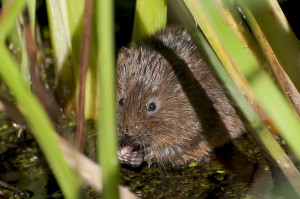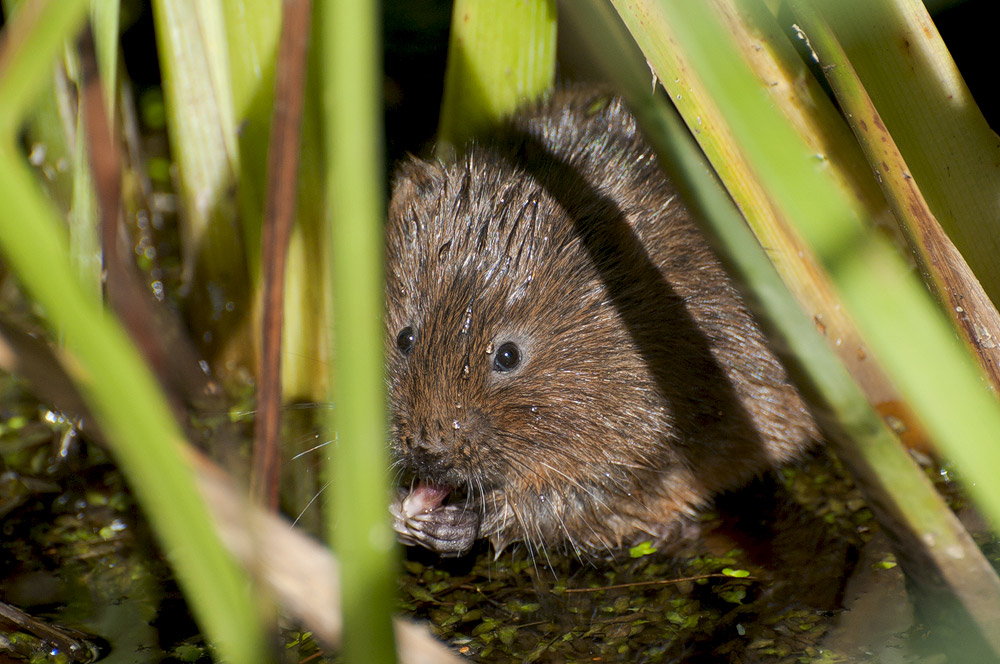
ENDANGERED water voles are surviving on two Welsh rivers following a successful BASC-led campaign to control mink.
A survey of the rivers Soch and Geirch, on the Llyn peninsula, has provided positive evidence for the elusive mammals, whose national population levels have declined 90 per cent since the 1990s.
Water voles had virtually disappeared on the rivers of North Wales other than on some key sites. However, volunteers have again found signs of voles at locations identified in the last survey.
Water voles are often mistakenly called water rats and were immortalised by Ratty in Wind in the Willows. The alien North American mink has been key to their decline and BASC began a co-ordinated programme of mink control on the Llyn after a survey in 2011. In the last four years, more than 50 mink have been culled on the peninsula.
To be effective, water vole surveys rely on volunteers painstakingly searching river edges to hunt for droppings and feeding piles which betray their presence.
Audrey Watson, BASC’s Green Shoots Wales officer, and volunteers from Gwynedd CC, Natural Resources Wales, local enthusiasts and students found evidence on both rivers, and one volunteer spotted a water vole swimming in the river at Llanengan.
Audrey said: “We were very excited to find water vole feeding piles and latrines, as the vegetation was very high and we were finding lots of field vole signs. We did worry that we were going to come up empty handed.
“However, we found signs of the 2011 population in roughly the same stretch of rivers so were heartened to realise they are still there. It looks as though our mink control work is having an effect.
“We will start surveying again in May when the vegetation is much lower and the water voles start their breeding season. Hopefully, we will find even more signs”.
BASC vice-chairman Mike Sherman said: “This work is undertaken in partnership with a range of organisations and with funding from Natural Resources Wales. It demonstrates the way that people who shoot are willing to work with others to improve our countryside and to improve habitat and wildlife management in Wales.”
